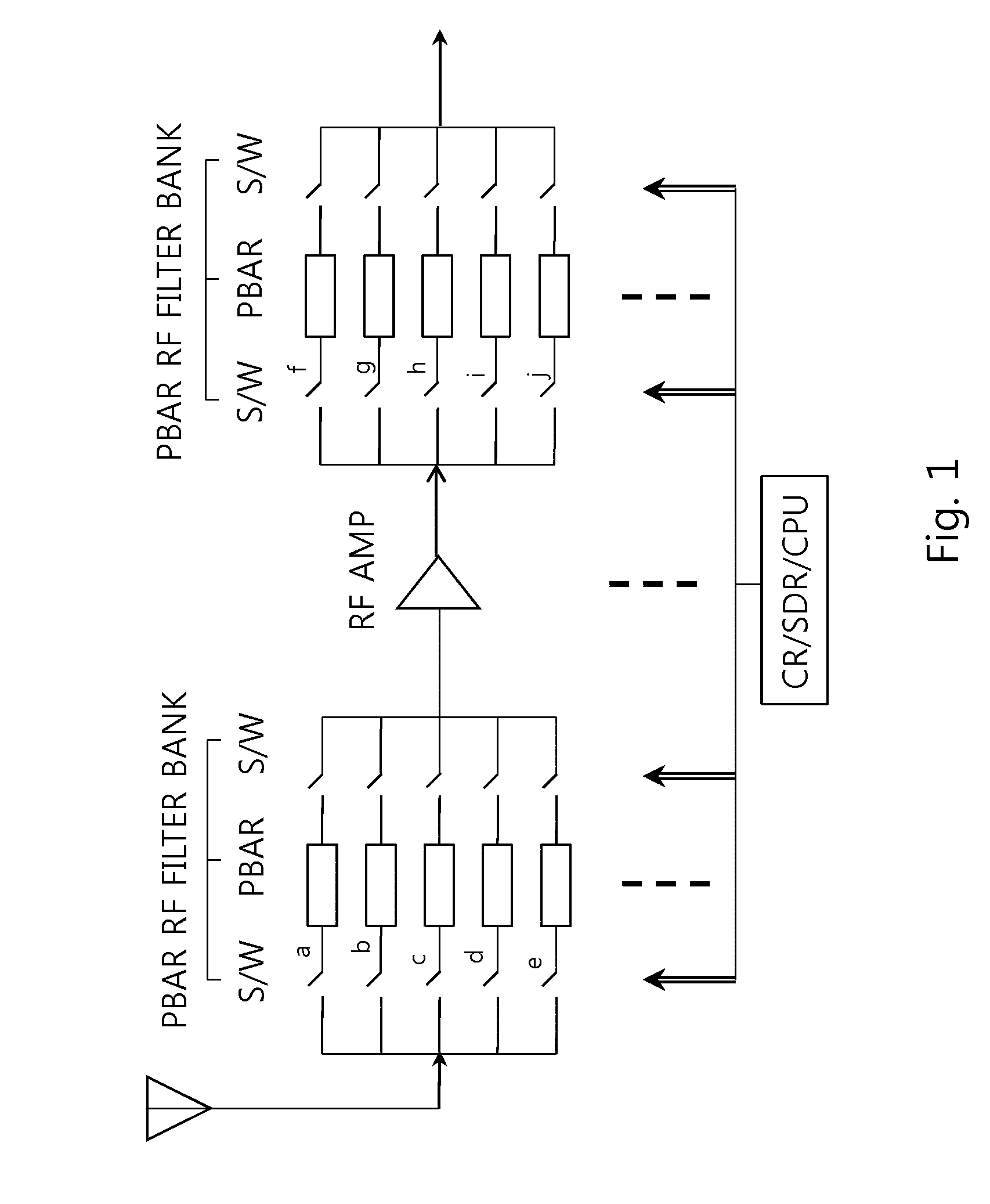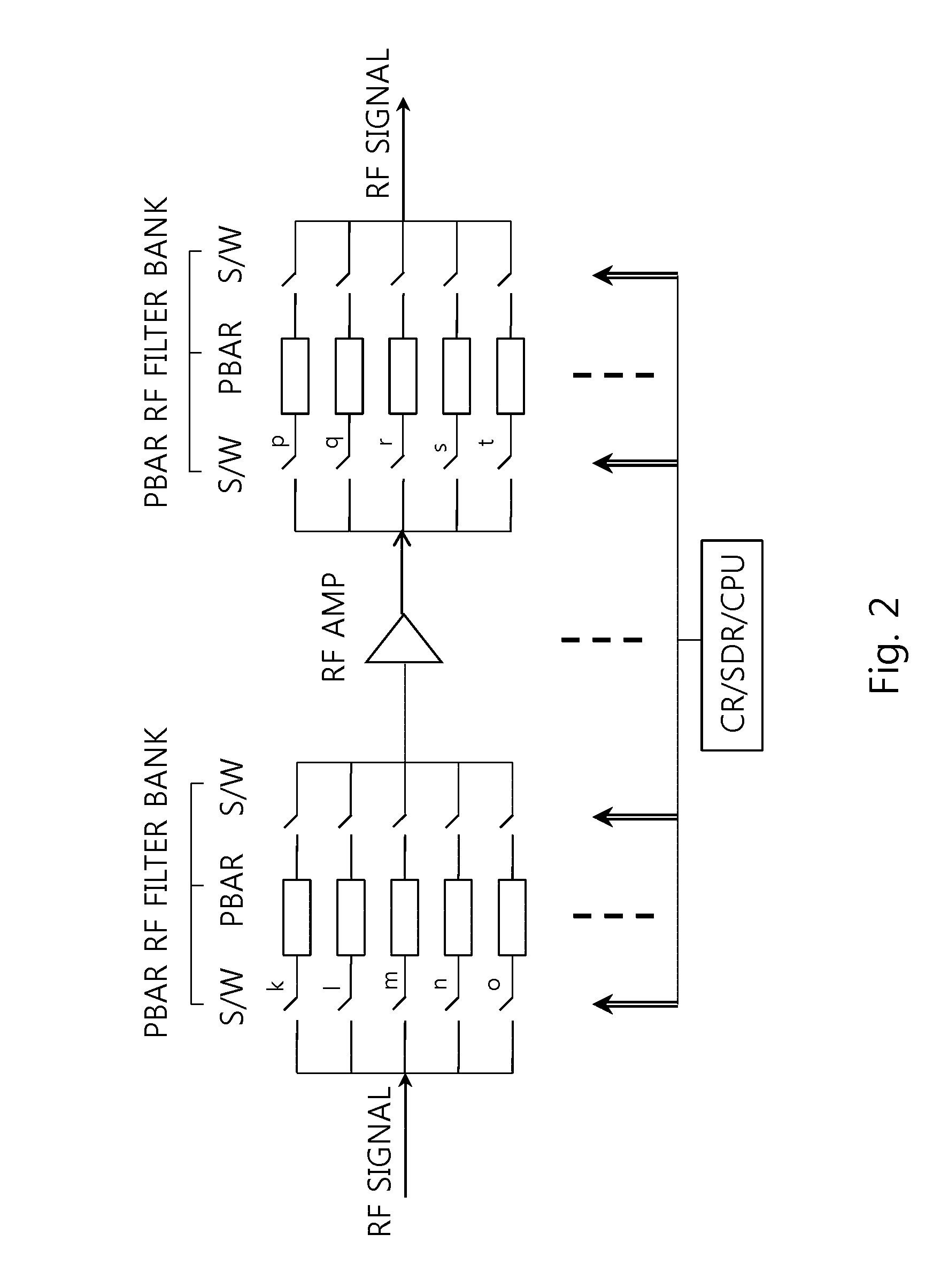Flexible wireless network system and method of use
a wireless network and flexible technology, applied in the direction of amplifiers, electrical equipment, transmission, etc., can solve the problems of low power efficiency of mobile telecommunication equipment used in stationary communication units, low power efficiency of mobile telecommunication equipment, and the need for high quality rf signal radiated to open space, so as to efficiently amplify the signal strength of an input rf
- Summary
- Abstract
- Description
- Claims
- Application Information
AI Technical Summary
Benefits of technology
Problems solved by technology
Method used
Image
Examples
Embodiment Construction
[0036]The present invention is a flexible wireless network system and method of use. The flexible wireless network includes advanced switching and amplification to increase power output and quality of RF signals used with wireless networks. The flexible wireless network system is a network that allows the used of different frequencies on a temporary basis, such as the utilization of white space frequencies for wireless communication and data transfer. The flexible wireless network system allows for the accommodation of ever increasing data traffic and customer demands for higher quality affordable wireless communication services. The flexible wireless network system includes improved RF signal amplification at the input of a stationary communication unit and improved output power at the output of the stationary communication unit, in order to provide improved signal to noise ratio values. The flexible wireless network system includes methods to provide a high quality output signal f...
PUM
 Login to View More
Login to View More Abstract
Description
Claims
Application Information
 Login to View More
Login to View More - R&D
- Intellectual Property
- Life Sciences
- Materials
- Tech Scout
- Unparalleled Data Quality
- Higher Quality Content
- 60% Fewer Hallucinations
Browse by: Latest US Patents, China's latest patents, Technical Efficacy Thesaurus, Application Domain, Technology Topic, Popular Technical Reports.
© 2025 PatSnap. All rights reserved.Legal|Privacy policy|Modern Slavery Act Transparency Statement|Sitemap|About US| Contact US: help@patsnap.com



